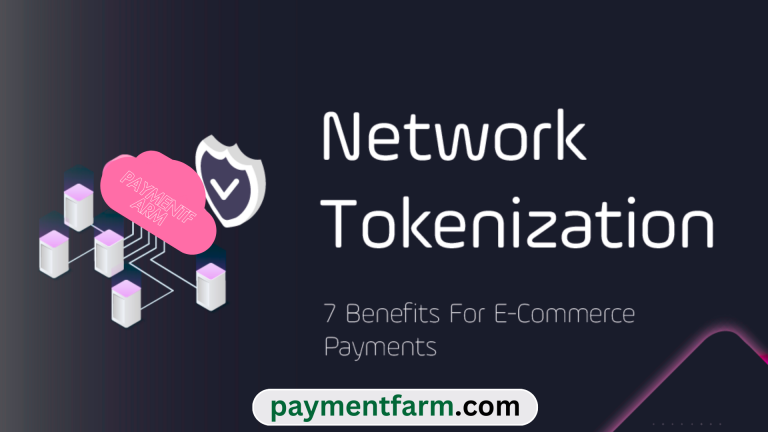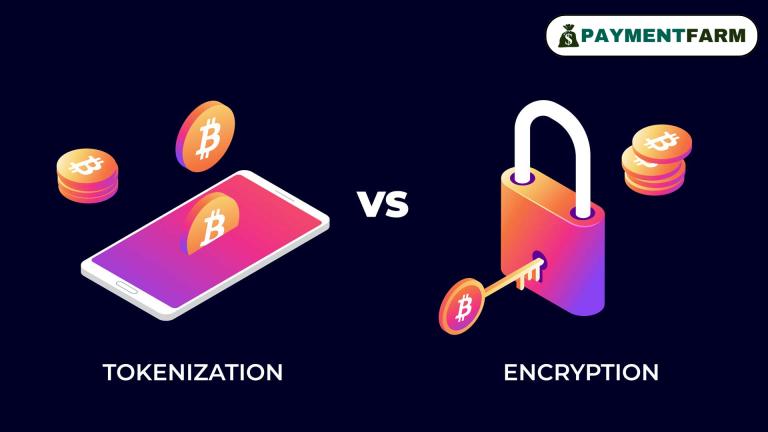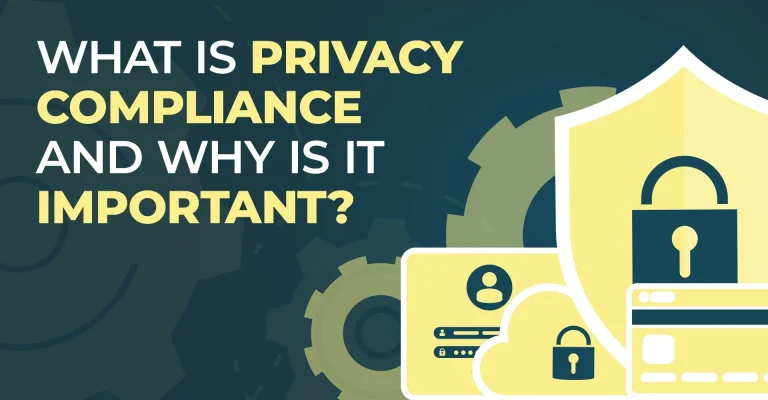Network tokenization has been one of the rapidly emerging technologies in this transforming world of digital payments. Its security, reduced fraud, and bettering payment experience are enhanced by network tokenization. This guide deals with key aspects of network tokenization and its benefits and applications within modern payment systems.

What is Network Tokenization?
Network tokenization replaces sensitive payment information like credit card numbers with a unique, non-sensitive token. Such tokens are issued and handled by the networks themselves such as Visa, Mastercard, and American Express in order to assure safe, seamless transactions. Unlike third-party processors storing tokens in a token vault, in network tokenization, tokens are created directly by the payment network, which brings about integration benefits in fraud protection and interoperability.
How Does Network Tokenization Work?
- Token Request: If the merchant wishes to effect the transaction, then the network requests a token.
- Token Generation: The network issues a token uniquely assigned to the account of the cardholder and transactional details.
- Dynamic Cryptogram: The network will append a cryptogram in each transaction that validates, during the actual time, if the token is valid.
- Transaction Processing: The payment network sends the token over the payment ecosystem as an actual card information substitute. This process secures the flow of payment, which is sensitive data and helps increase customer privacy.
Benefits of Network Tokenization
- Better Security: Tokens are worthless when intercepted, thus reducing the danger of data breaches.
- Decreased Fraud: Dynamic cryptograms make unauthorized use almost impossible.
- Improved PCI DSS Compliance: Reduces the scope of compliance requirements for merchants.
- Smooth Card Updates: Whenever a card is reissued, the network automatically updates the token, thus keeping on providing services without interruption for subscription-based payments.
- Cost Cutting: The network tokenization minimizes the transaction costs, reducing fraud and chargebacks.
- Interoperability: One can use tokens in any given payment gateway, mobile wallet, and even system, thus simplifying the eCommerce procedures.
Tokenization vs Encryption
Both methods protect payment information but for different reasons

Tokenization replaces sensitive information by using tokens; however the original information is safely stored in the token vault.
- Encryption simply messes up information to make it illegible unless one knows the decryption key. Unlike encryption, tokens cannot be reversed, and hence is a safer alternative for secure payments.
Applications of Network Tokenization
- eCommerce: Protects online transactions, thereby boosting customer trust.
- Mobile Payments: Provides secure transactions through the digital wallet, such as Apple Pay and Google Pay.
- Recurring Billing: This ensures that the card information is updated to make subscription products easy to manage.
- Cross Border Payments: Reduces fraud and allows better security for international transactions
- Real-Time Payments: Ensures secure and same time processing of transactions to support business that require speed and security.
- Blockchain Integration: Network tokenization is integrated with distributed ledger technologies to enhance traceability and security of payments.
What types of businesses might need network tokens?
Every merchant selling online can use the card networks for the same reasons described in the previous section. However, there is a special utility for the businesses that sell subscription services. These are based on recurring payments, but if the customer’s card expires, the payment will not be honored; hence, there will be a lapse or a loss of revenue. Since the network tokens dynamically update the latest details, these businesses are less likely to encounter failed payments and decline the customer churn.
Network Tokenization for Merchants
For merchants, network tokenization gives them a competitive advantage through:
- Chargebacks Reduced: Security is enhanced, thus minimizing fraudulent disputes.
- Customer Experience Improved: Automatic updates of card information prevent service interruptions.
- Supporting Advanced Fraud Prevention: Dynamic cryptograms and real-time validation protect against evolving threats.
- Reduces operational costs: It simplifies compliance requirements and reduces the need for extensive data security measures.
Compliance and Privacy

Tokenization technology is in line with regulations such as PCI DSS and GDPR, ensuring data privacy and minimizing compliance burdens. With tokenization, merchants can process payments securely without exposing customer information by replacing sensitive data with tokens. Additionally, privacy focus encourages consumers to have trust in that matter, which is currently very important in the e-commerce environment.
Future of Network Tokenization
Improvements with regard to blockchain technology will allow network tokenization to develop more significantly into the future of tokenized payment systems and related real-time payments. Its combination with emerging technologies will improve security, efficiency, and user experience. Adoption of mobile wallets and digital-first payment solutions also marks a shift towards tokenized ecosystems, where seamless, secure, and user-friendly transactions take precedence.
To Sum Up
Network tokenization represents the future of payments’ security and innovation. In the process of substituting sensitive data with a safe, dynamic token, it does not only neutralize fraud but also accelerates transactions across different networks. With businesses embracing more digital-first payment solutions, network tokenization secures a future where payment ecosystems are safe, efficient, and compliant. Its enhanced security, lowered operation costs, and great experiences for customers benefit merchants, payment processors, and even the consumers. It is not just a competitive issue, but a must in such fast-changing environments of online trading.
Faqs
What are network tokens?
Network tokens are one kind of digital identifier, enabling secure online transactional representation of payment information on behalf of cardholders. In this context, they substitute the actual number itself-the PAN, which was originally the number and date of expiry; it replaces the original primary account number with unique network tokens that can be used instead in lieu of the number.
What is network tokenization? How do companies benefit from network tokenization?
Network tokenization enhances business security by reducing fraud risk and saving from data breaches. Also, it improves operational efficiency by simplifying PCI DSS compliance, decreasing payment failures, and other fraud-related costs.
Which businesses need network tokenization?
This method of tokenization is best for businesses that handle vast volumes of online or digital payments, store customer payment information, or face a high risk of fraud. These include e-commerce platforms, subscription services, financial and fintech institutions, healthcare service providers, hotels, airlines, travel booking websites, retailers with multiple channels of sales, marketplaces, and payment processing companies, gaming and entertainment, nonprofits, and fundraising platforms.
How to deploy network tokens for my business?
Implement tokenization in your payment system, replace card numbers with tokens, and test before going live. Modify workflows to use tokens, and collaborate with your provider to tokenize stored information. Communicate this change to customers and focus on the security improvement. After the launch, monitor performance, maintain compliance, and train your team on the new system.
Can network tokenization work with mobile wallets like Apple Pay?
Yes, network tokenization enhances security for mobile payments by providing unique tokens for each transaction, ensuring that sensitive cardholder information is never exposed.
What happens if a customer’s card is reissued or expired?
Network tokens are dynamically updated by payment networks when a card is reissued or expires, ensuring uninterrupted services, especially for subscription-based businesses.
How does network tokenization reduce payment fraud?
Dynamic cryptograms, unique to each transaction, validate tokens in real time, preventing unauthorized use and rendering tokens unusable if intercepted by fraudsters.
What is the difference between network tokens and third-party tokenization?
Network tokens are generated and managed directly by payment networks like Visa and Mastercard, offering better integration and fraud prevention. Third-party tokenization uses external token vaults, which may have limited interoperability.
What is the future of network tokenization?
Network tokenization is evolving with advancements in blockchain and real-time payment systems. It is expected to play a significant role in digital-first payment solutions, offering improved security, interoperability, and user experience across global payment ecosystems.
